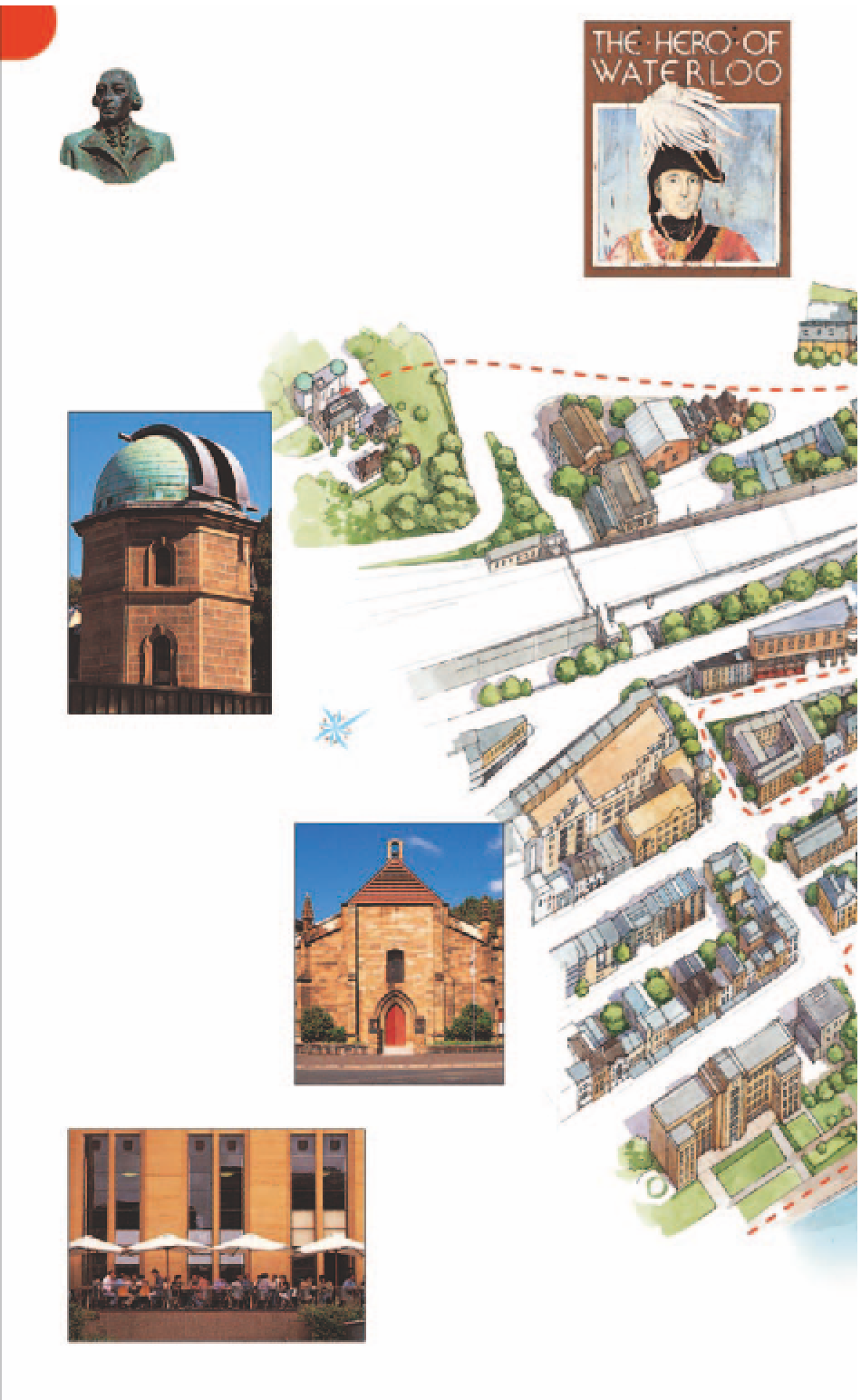Travel Reference
In-Depth Information
Street-by-Street: The Rocks
Named for the rugged cliffs that were once its
dominant feature, this area has played a vital role
in Sydney's development. In 1788, the First
Fleeters under Governor Phillip's command
erected makeshift buildings here, with the
convicts' hard labour used to establish more
permanent structures in the form of rough-
hewn streets. The Argyle Cut, a road carved
through solid rock using just hammer and chisel, took 18
years to build, beginning in 1843. By 1900, The Rocks was
overrun with disease; the street now known as Suez Canal
was once Sewer's Canal. Today,
the area is still rich in
colonial history
and colour.
Governor
Arthur Phillip
Hero of Waterloo
Lying beneath this historic
pub is a tunnel originally
used for smuggling
q
Hero of
Waterloo
LOWER
UPPE
R FO
RT
.
Sydney Observatory
The first European struc-
ture on this prominent
site was a windmill. The
present museum holds
some of the earliest astro-
nomical instruments
brought to Australia
0
Garrison Church
Columns in this church are
decorated with the insignia
of British troops stationed
here until 1870. Australia's
first prime minister was
educated next door
9
Argyle Cut
Suez Canal
.
Museum of
Contemporary Art
The stripped Classical façade
belies the contemporary nature
of the Australian and inter-
national art displayed in an
ever-changing programme
o
Walkway along
Circular Quay
West foreshore













































